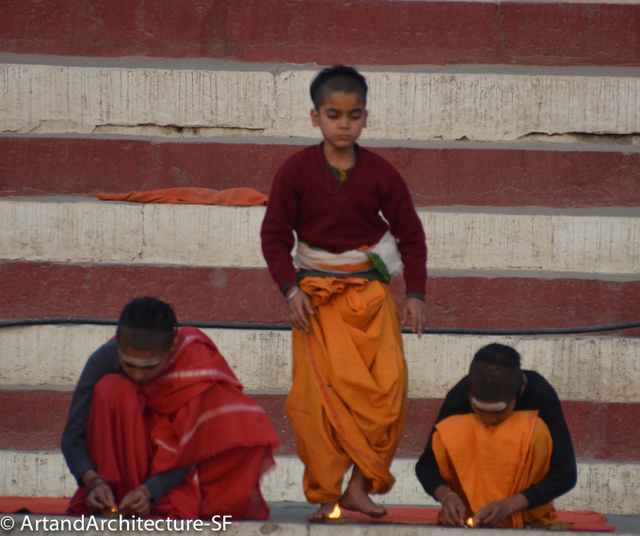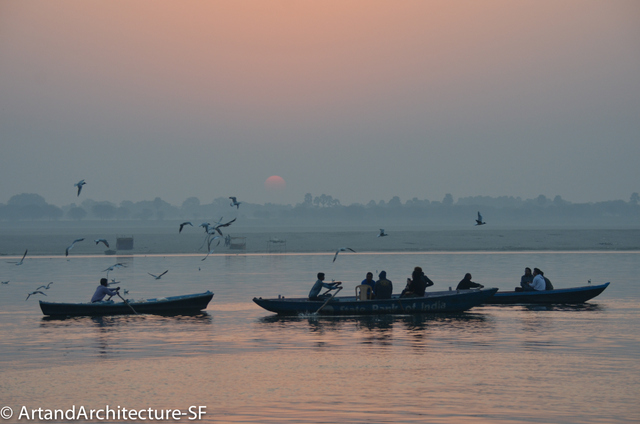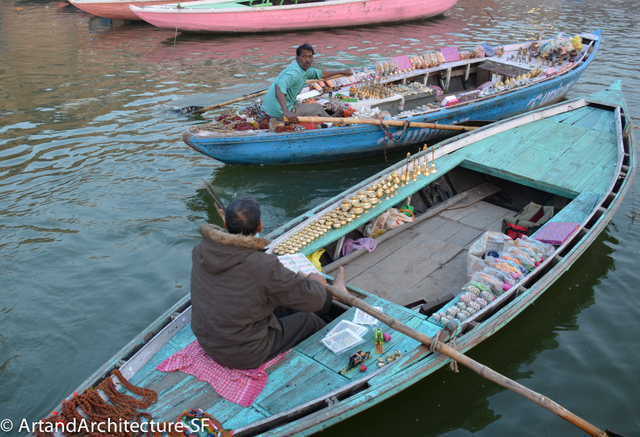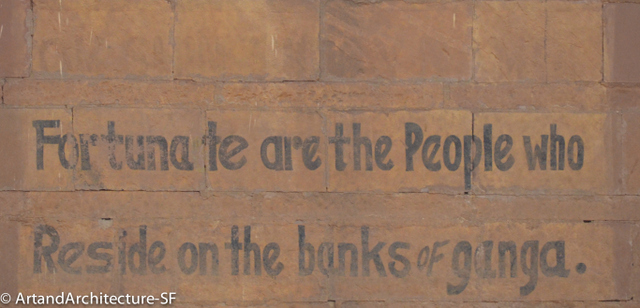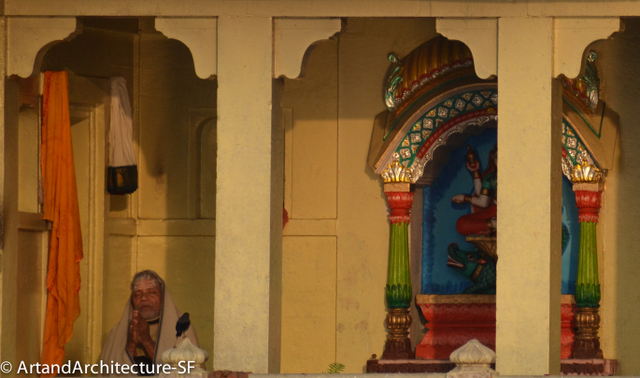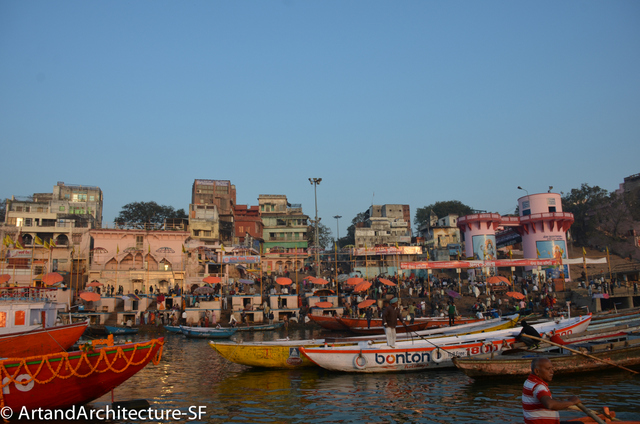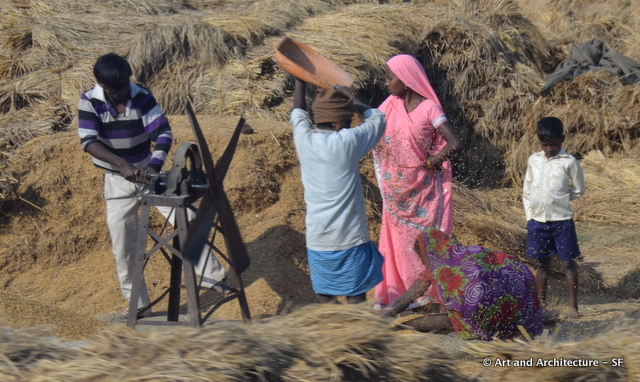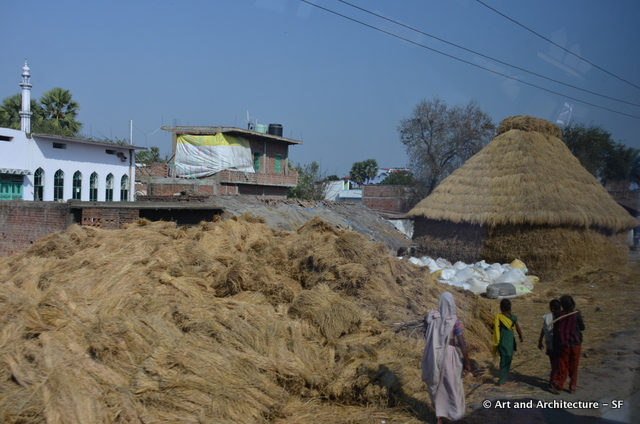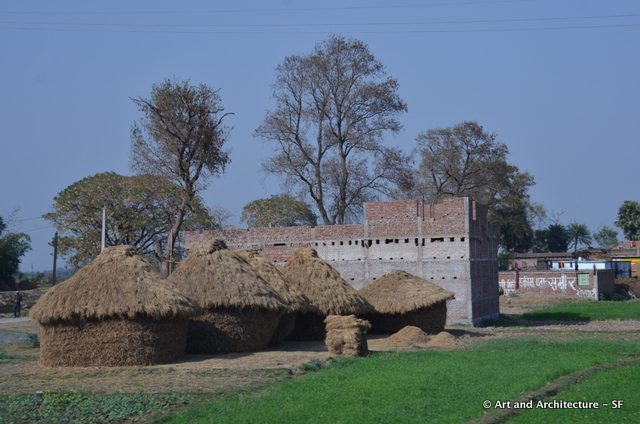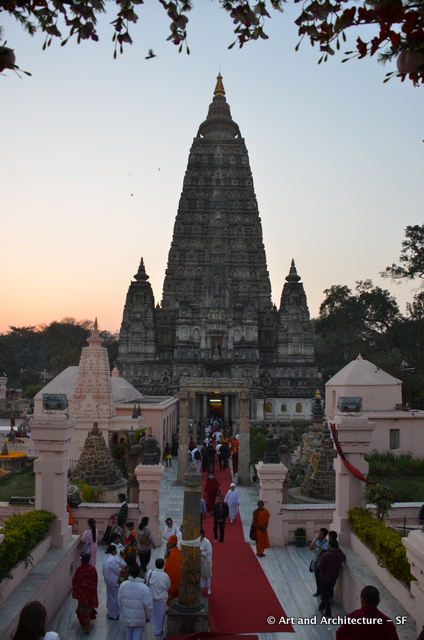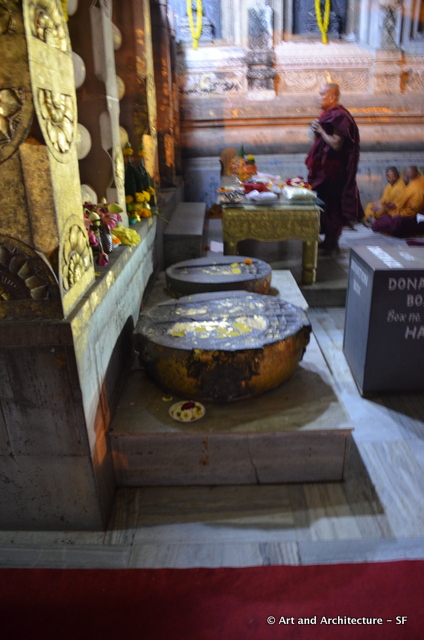Varanasi in the Morning
February 2015
Up before dawn to catch the river as it wakes. It was truly amazing to be in an Indian city where it is quiet and the streets, while not deserted, were empty but for the sleeping cow and early worker.
Once at the river however, it was the beginning of the day. People are out, washing clothes, performing yoga asanas, offering flowers and fire to the river and also going for a swim.
Ganga “supermarkets” are floating along side happy to sell you whatever you may need, playing cards, post cards, malas, and even candy bars.
Today we passed many fabulous buildings, several funeral ghats and various religious temples doing morning prayers.
*
Here is our guide serenading us as we float down the river.
A quick breakfast and onto the bus for a six hour ride to Badh Gaya.
It is harvest time for some type of grain so, at 50 miles an hour, a painting of the process opened before our eyes.
*
*
BODH GAYA
Bodh Gaya is where the Buddha is said to have obtained enlightenment under the Bodhi Tree (Ficus religiosa).
For Buddhists, Bodh Gaya is the most important of the main four pilgrimage sites, the other three being Sarnath, Kushinagar, and Lambini.
Next to the Bodhi Tree there is a platform known as Vajrasana, or the Diamond Throne. This was originally installed by Emperor Ashoka to mark the spot where Buddha sat and meditated.
In the shrine are the footprints (Padas) of Buddha carved in black stone that date from the 3rd century BC when Ashoka declared Buddhism to be the official religion. He had thousands of these footprint stones installed all over the kingdom.
Apparently the architecture is a mystery. It appears to have been constructed with the intent of being a monument but later became a receptacle for relics of the Buddha. The temple is one of the few early monumental brick structures to have survived in eastern India.
The base is approximately 50 feet square and the tower, a 19th century construction, rises 170 feet.
 Inside the temple there is a huge image of the Buddha in the bhumisparsha mudra “touching the ground pose”. This image is purported to be 1700 years old and is facing east exactly at the place where Buddha obtained enlightenment.
Inside the temple there is a huge image of the Buddha in the bhumisparsha mudra “touching the ground pose”. This image is purported to be 1700 years old and is facing east exactly at the place where Buddha obtained enlightenment.
We arrived as the sun was going down and evening prayers began, it was absolutely magical.
Here is a small sample of that magic-
